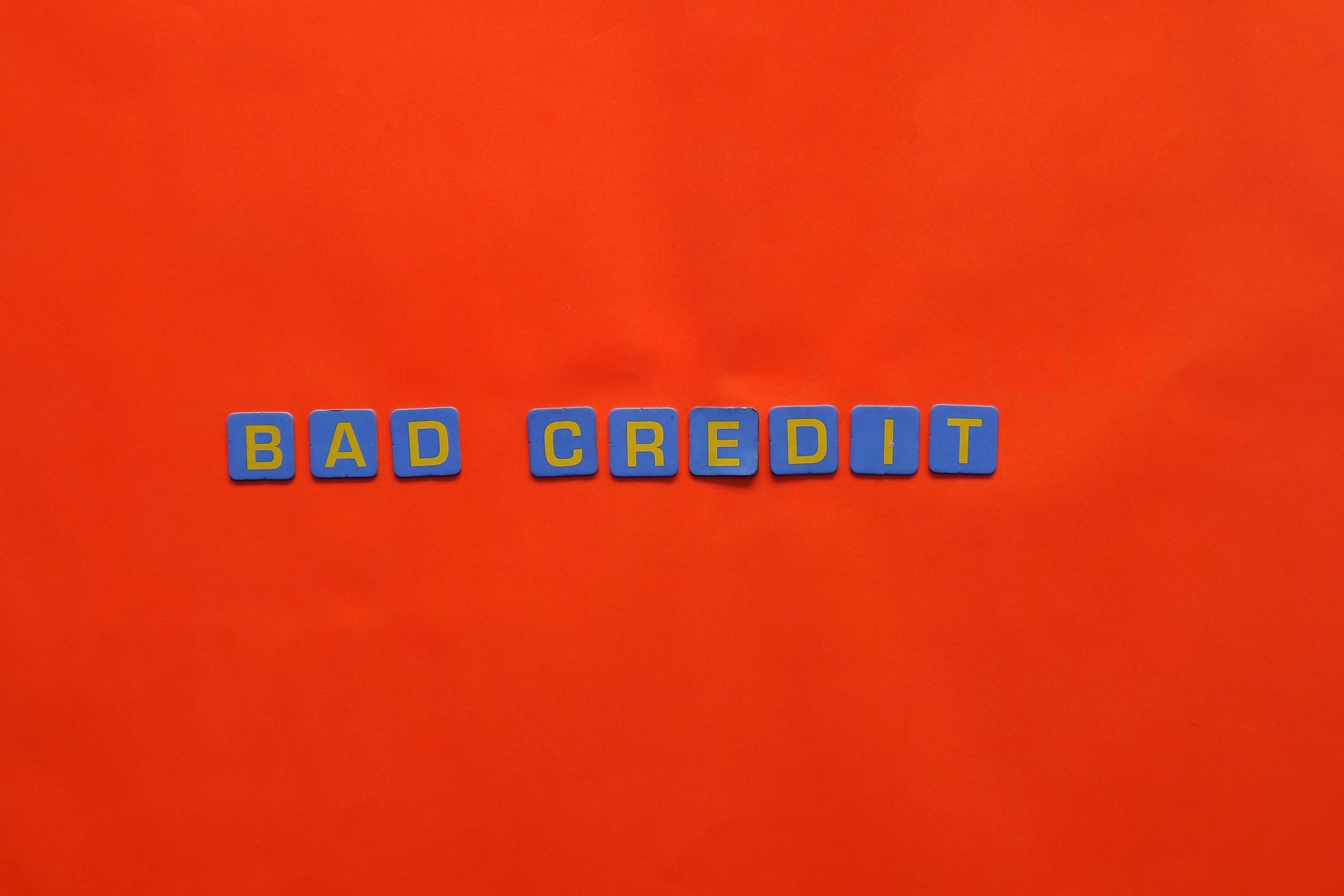Economic slowdowns can creep up quietly, often catching businesses, investors, and even governments off guard. While recessions and downturns are a natural part of economic cycles, recognizing early warning signs can help you prepare and mitigate risks. Whether you’re a business owner, investor, or simply managing personal finances, understanding these indicators is crucial. Below, we explore the key warning signs of an economic slowdown that you shouldn’t ignore.
Declining Consumer Confidence
Consumer confidence is a leading indicator of economic health. When people feel optimistic about their financial future, they spend more, driving economic growth. Conversely, a drop in consumer confidence often signals trouble ahead.
Why It Matters
Consumer spending accounts for a significant portion of GDP in most economies. If households start cutting back on discretionary purchases—such as dining out, travel, or big-ticket items—it can ripple through industries, leading to reduced revenues, layoffs, and further economic contraction.
How to Monitor It
- Track consumer sentiment surveys like the Consumer Confidence Index (CCI) or the University of Michigan Consumer Sentiment Index.
- Watch for trends in retail sales reports.
- Pay attention to shifts in savings rates—rising savings may indicate caution.
Rising Unemployment Rates
Employment trends are a clear barometer of economic health. A sudden or sustained increase in unemployment often precedes a slowdown.
The Domino Effect
Job losses reduce disposable income, leading to lower consumer spending. Businesses, in turn, face declining revenues, which may force further layoffs or closures. This vicious cycle can accelerate an economic downturn.
Key Indicators
- Monthly unemployment reports from government agencies.
- Rising jobless claims—a spike in initial claims can be an early red flag.
- Corporate announcements of hiring freezes or layoffs.
Inverted Yield Curve
One of the most reliable predictors of a recession is an inverted yield curve. This occurs when short-term interest rates exceed long-term rates, a rare phenomenon that often signals investor pessimism.
What It Means
An inverted yield curve suggests that investors expect weaker economic growth in the future. Historically, such inversions have preceded nearly every U.S. recession in the past 50 years.
How to Spot It
- Monitor the spread between 10-year and 2-year Treasury bond yields.
- Watch for commentary from the Federal Reserve on interest rate trends.
- Keep an eye on bond market volatility.
Declining Business Investment
Businesses are often the first to sense economic headwinds. When companies cut back on capital expenditures, research, or expansion plans, it’s a sign they’re bracing for tougher times.
Why It’s Significant
Reduced investment stifles innovation, slows productivity growth, and can lead to job cuts. It also reflects lower confidence in future demand, which can become a self-fulfilling prophecy.
Warning Signs
- Drops in corporate earnings reports or profit warnings.
- Decreased mergers and acquisitions activity.
- Declining orders for durable goods.
Stock Market Volatility
While the stock market isn’t a perfect predictor, prolonged volatility or sharp declines can indicate underlying economic concerns.
Market Sentiment
Investors react to both current conditions and future expectations. A bear market—typically defined as a 20% or more drop from recent highs—can reflect fears of slowing growth or recession.
What to Watch
- Sustained downward trends in major indices like the S&P 500 or Dow Jones.
- Increased market volatility (measured by the VIX index).
- Shifts in sector performance—defensive stocks outperforming cyclical ones.
Conclusion
Economic slowdowns don’t happen overnight, but their warning signs often appear well in advance. By monitoring indicators like consumer confidence, unemployment rates, yield curves, business investment, and stock market trends, you can stay ahead of potential downturns. While no single metric guarantees a recession, a combination of these signals should prompt caution. Whether you’re protecting your investments, business, or personal finances, awareness and proactive planning are your best defenses against economic uncertainty.
